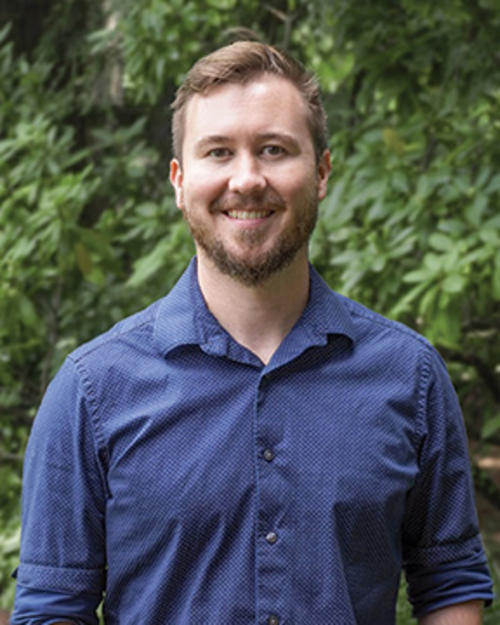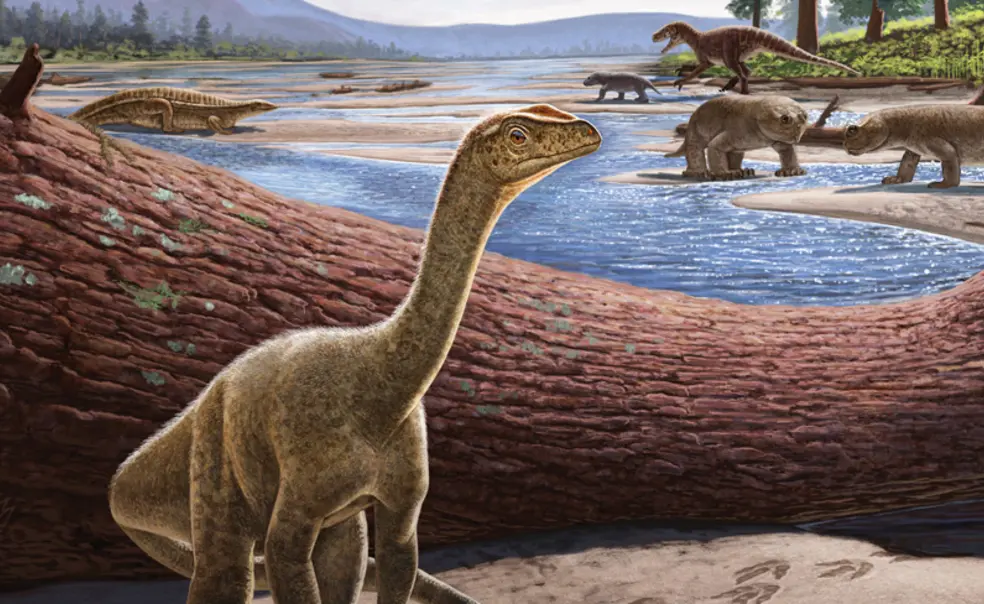Class Close-Up: Age of Dinosaurs Course Builds Science Literacy
Geosciences professor Christopher Griffin imparts an understanding of sound science vs. unsupported claims
Geosciences professor Christopher Griffin is “under no delusions” that the students in his introductory course, The Age of Dinosaurs, are going to become paleontologists. But he hopes that students are able to gain a better understanding of the differences between sound science and unsupported claims.

Griffin opens the semester with an introduction to basic Earth science and evolution, moves into highlighting animal species, and closes the year out with an introduction to birds — the dinosaurs living among us today.
“I’m very bad to eat chicken with,” Griffin joked in class. “I know all the anatomy.”
Griffin said he wants students to leave his class with a sense of the depth of Earth history and an appreciation for the diversity of life on Earth.
Jamie Robinson ’25, an astrophysics major and one of 19 students taking the course, said the class has helped him understand biological diversity “in terms of evolutionary ancestry, rather than in terms of physical similarity.”
Griffin also wants his students to develop a “scam detector” for how science is portrayed in the news media. As part of that process, Griffin assigned students to address claims made in a popular BBC documentary series narrated by David Attenborough, Prehistoric Planet, and investigate the peer-reviewed evidence for those claims. One pair of students explored whether evidence in the fossil record supports the claim that pachycephalosauruses were omnivores during long droughts rather than herbivores. (The students concluded that most current evidence points to a primarily herbivorous diet).
Robinson said the class has helped him “navigate scientific literature in my daily life (namely, in evaluating sensationalist news stories about the alleged resurrection of the dire wolf).”
In class, Griffin shows photographs of fossils and asks students to use what they know about different groups of dinosaurs to identify what makes one fossil unique from another. Synapomorphies, or shared traits, help paleontologists trace evolutionary development among species. Students were able to explain how the jaw joint on one fossil indicated that it was likely carnivorous.
It’s these synapomorphies, Griffin explained, that show scientists that birds are dinosaurs.
“The story [of the dinosaurs],” Griffin said, “is really the story of life on Earth and how it changes.”












No responses yet